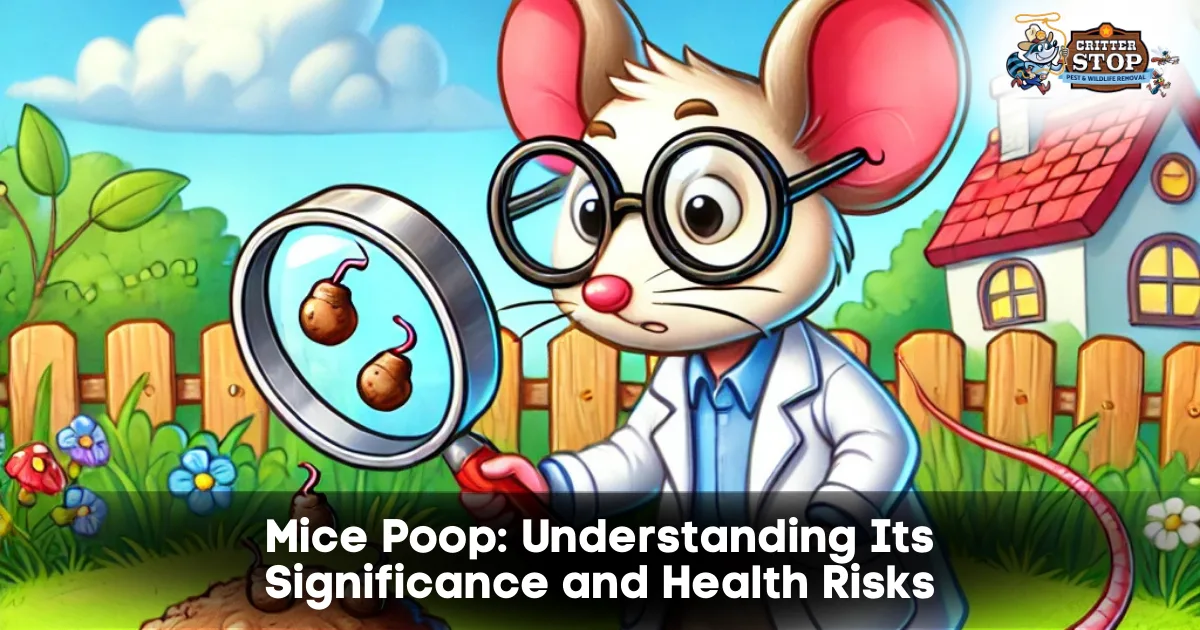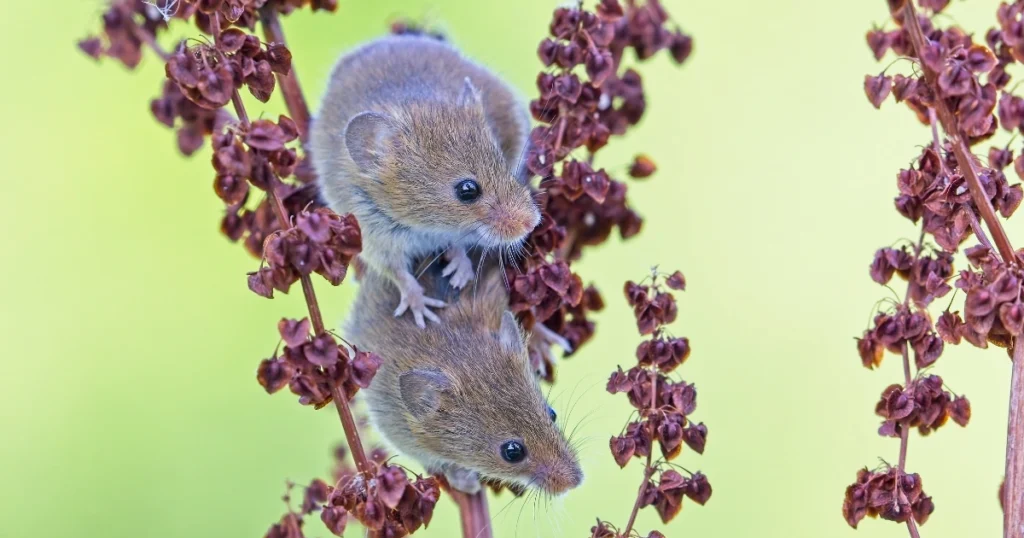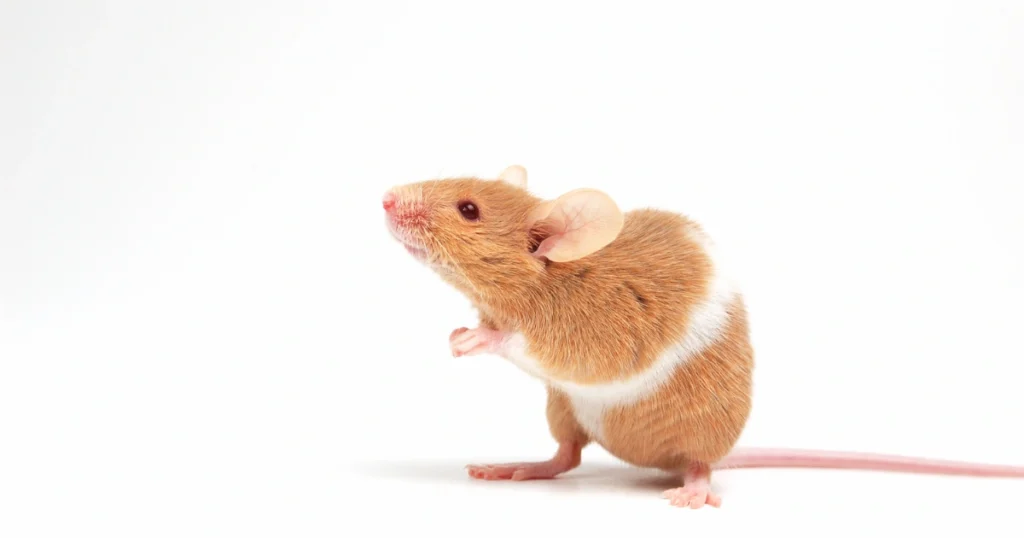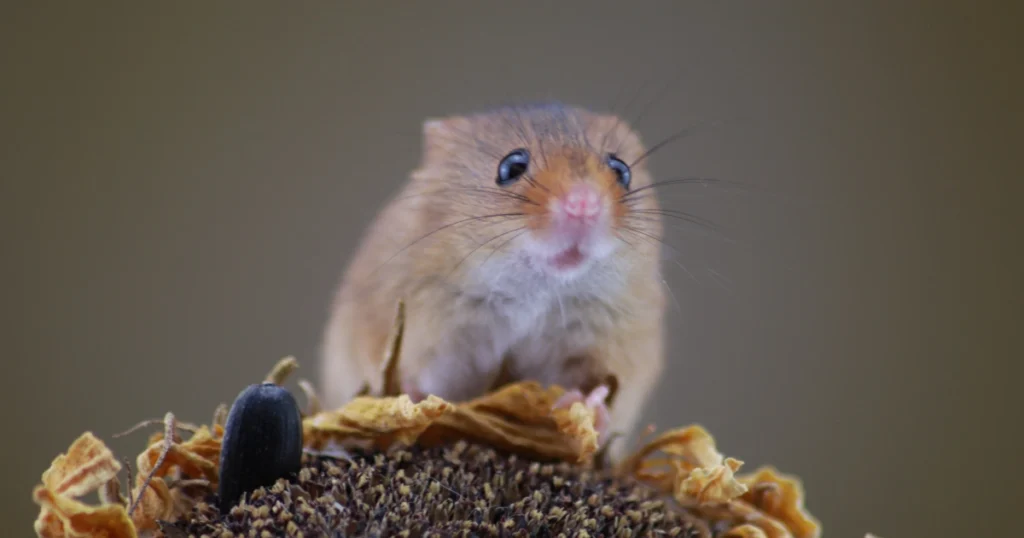
Mice feces can offer important insights into the presence of these pests in a home. Understanding what mice poop looks like and where to find it is essential for proper identification and effective pest management. Many homeowners may not realize that droppings can also indicate the level of infestation.
Mice droppings are typically small, dark, and resemble grains of rice. They are often found in hidden areas like cupboards, behind appliances, or along walls. Recognizing the signs of mice activity is crucial for preventing further damage and health hazards associated with rodent infestations.
In addition to visual identification, the quantity and freshness of droppings can signal the urgency of the situation. Fresh droppings indicate recent activity, while older droppings may suggest a more chronic presence. Being aware of these details can empower individuals to take swift action against mice in their living spaces.

Mice poop, often referred to as mice feces or mice poo, is an important indicator of mice presence in an area. Recognizing the characteristics of these droppings can help in identifying infestations.
Mice feces are typically small, cylindrical, and dark in color, measuring about 1/8 to 1/4 inch in length. Their shape resembles small grains of rice. Fresh droppings appear shiny and soft, while older ones become hard and dry.
The quantity of mice poop can also indicate the level of infestation. A few droppings suggest occasional visitors, while a larger accumulation indicates a more serious problem.
Key Characteristics of Mice Poop:
Identifying these features can aid individuals in taking appropriate action. It is crucial to address a mice infestation promptly to prevent health risks associated with their droppings.
Mice feces can carry diseases that may pose risks to humans and pets. Thus, understanding and recognizing these droppings is a key step in maintaining a safe environment.
Mice have distinct defecation habits influenced by various factors, including their diet, environment, and stress levels. Understanding these patterns provides insight into their behavior and health.
Mice can produce a significant amount of feces each day. On average, a single mouse may defecate around 50 to 75 droppings daily. This high output is due to their digestive physiology and the need to process food quickly, as mice eat small amounts frequently throughout the day.
The droppings, which are small and cylindrical, serve as a marker for territorial boundaries. Frequent defecation helps maintain communication with other mice, signaling their presence and status.
Several factors can influence how often mice defecate. Diet is a crucial element; a high-fiber diet facilitates quicker digestion and elimination. Mice that consume grains or seeds may exhibit different defecation patterns compared to those that consume softer foods.
Environmental stressors also play a critical role. Changes in habitat, temperature fluctuations, or the presence of predators can increase defecation frequency. Healthy mice tend to be regular in their habits, but significant changes in their surroundings can lead to alterations in their normal patterns.
Stressful situations can trigger an increase in mice’s defecation frequency. When mice experience fear, such as sudden loud noises or the presence of a predator, their bodies respond by releasing more droppings.
This reaction is a survival mechanism, as it can help them escape by lightening their bodies. Mice often poop when scared, leaving behind droppings that can serve as a warning signal to other mice. Monitoring fecal output can thus be essential for assessing the overall well-being and stress levels of these small animals.

Mice exhibit specific behaviors related to their nesting habits that include defecation patterns. Understanding these can help in identifying infestations and in managing mouse populations effectively.
Mice often defecate in their nests, which serves several purposes. Their droppings, typically small, pellet-like objects, are used to mark territory and communicate with other mice.
Nesting sites often accumulate a significant amount of feces, as mice tend to remain close to their living areas. In a typical nest, a mouse can produce dozens of droppings per day.
These droppings can pose health risks since they may harbor pathogens. It is essential to clean up these areas properly to mitigate potential health issues for humans and pets. Regular inspections and sanitation practices can help manage any risks associated with mouse infestations.
Mice feces can pose significant health risks due to the potential transmission of various diseases. Understanding these risks and following safe cleanup practices is essential for maintaining a healthy environment.
Mice droppings can harbor pathogens that lead to serious health issues. Some of the notable diseases associated with mice feces include:
Awareness of these diseases is crucial for anyone dealing with mouse infestations or contaminated areas.
When cleaning up mouse droppings, safety is paramount to avoid health risks. Follow these guidelines:
Following these steps can significantly reduce the risk of disease transmission from mice feces.

Detecting mice droppings is an essential part of determining a rodent issue in a residence. Recognizing the characteristics and common locations of mice poop can help in timely interventions.
Mice droppings are small, cylindrical, and often tapered at one end. They typically measure 1/4 to 1/2 inch in length. Fresh droppings are dark and shiny, turning lighter and crumbly as they age. Color variations can range from black to brown, depending on the mouse's diet.
It’s also important to note the texture. Fresh droppings will feel soft and moist, while older droppings become hard and dry. It’s common to find droppings clustered together, which can indicate nesting areas.
To identify mice droppings accurately, one should look for these key features:
Mice tend to inhabit specific areas within a home. Common locations to find droppings include kitchens, pantries, and basements. These spaces provide easy access to food and shelter, making them prime spots for mice.
In kitchens, droppings may appear near food storage, under sinks, or along countertops. Similarly, in pantries, they can often be found on shelves or inside food containers. In basements, droppings may be visible in corners or near ductwork.
A few key locations to inspect include:
Frequent inspections of these areas can aid in early detection and effective pest control measures.
Taking effective steps to prevent and control mice infestations is crucial for maintaining a healthy environment. By implementing proactive measures and utilizing deterrents, individuals can significantly reduce the likelihood of an infestation.
Sealing entry points is a vital proactive step. Mice can squeeze through openings as small as a dime. Common areas to inspect include:
In addition to sealing, proper food storage is essential. Use airtight containers for food items and regularly clean up crumbs and spills. Regularly disposing of garbage also minimizes attractants for mice.
Utilizing specific deterrents can effectively keep mice at bay. Natural repellents such as peppermint oil are often recommended. Place cotton balls soaked in peppermint oil in areas where mice may enter.
Additionally, electronic repellents emit ultrasonic sounds that deter rodents. These devices are easy to use and cover a significant area.
Traps are another common control method. Snap traps are effective for immediate results. Sticky traps can capture mice but should be checked frequently.
Regular inspection and maintenance of the home environment will further help to deter and manage potential infestations.
Cleaning up mouse droppings is essential for maintaining a healthy environment. Proper techniques and effective disinfecting methods ensure the removal of harmful pathogens that may be present.
Before starting the cleanup process, it is crucial to gather protective gear such as gloves and a mask. This helps to reduce the risk of inhaling any pathogens.
Surfaces where droppings are found should be cleaned with a suitable cleaner before disinfecting.
After cleaning up droppings, disinfection is necessary to eliminate any remaining bacteria.
Following these steps will help ensure a clean and safe environment free of harmful contaminants associated with mice.

Professional pest control services offer effective strategies for managing mouse infestations. Knowing when to seek help and selecting the appropriate service are crucial steps in resolving pest issues.
Homeowners should consider hiring a professional pest control service when they notice signs of a mouse infestation, such as droppings, gnaw marks, or chewed wires. If the infestation appears extensive or has lasted more than a week, professional intervention may be necessary.
Additionally, individuals with health concerns, allergies, or sensitivities may want to seek expert help to ensure safe and effective removal. Professionals can assess risks associated with home remedies and prevent further pest-related issues.
Selecting the right pest control service involves several key factors. First, consider the company's experience with rodent control. Look for services that have a good track record and use integrated pest management techniques.
Next, check for licensing and certification to ensure compliance with local regulations. Customer reviews and testimonials can provide insights into the service quality and effectiveness.
Lastly, inquire about the methods used for removal, including the safety of chemicals and traps employed. A reputable company should be transparent about its processes and offer follow-up services to prevent future infestations.
This section addresses common inquiries regarding mouse droppings, including identification, health concerns, and appropriate handling methods. Understanding these points can help in addressing any issues related to rodent infestations.
Mouse droppings are typically small, about 1/8 to 1/4 inch long, and have a pointed end. In contrast, rat droppings are larger, around 1/2 inch long, with a thicker, more blunt appearance.
Upon discovering mouse droppings, it is essential to take immediate action. Clean the area using gloves and a disinfectant to prevent contamination. Additionally, assess for any signs of ongoing infestations.
Mouse droppings resemble small black grains of rice. They can be shiny when fresh, with a cylindrical shape and tapered ends.
Yes, mouse droppings can pose health risks. They can carry pathogens and allergens that may lead to respiratory issues or other diseases if inhaled or ingested.
Look for droppings in areas where food is stored, under sinks, or along walls. Fresh droppings are dark and moist, while older droppings become dry and crumble.
Contaminated items should be handled with care. Use gloves when cleaning them, and dispose of any affected food products. Clean surfaces thoroughly with disinfectant to eliminate any potential health risks.
Mice have fast metabolisms and eat frequently, resulting in continuous digestion and frequent defecation. They can produce up to 75 droppings daily.
How many times do mice poop a day
Mice can defecate multiple times daily, producing dozens of droppings depending on their diet, activity level, and stress.
Do mice poop when scared
Yes, mice often poop when frightened as part of their stress response. This behavior helps them escape by lightening their body weight.
Do mice poop in their nest
Mice frequently poop in their nests, using droppings to mark their territory and communicate with other mice.
How to get rid of mice poop?
To safely clean mice droppings, wear gloves, use a disinfectant, and dispose of the waste in a sealed bag. Avoid sweeping to prevent airborne pathogens.
Mice poop in house – what does it mean?
The presence of mice poop in a house is a strong indicator of rodent activity. It signals that food, shelter, or entry points are accessible to mice.
If mice have invaded your home, don’t wait until the problem worsens. Critter Stop offers professional mice exterminator services to help you protect your family and property from the health risks associated with mice infestations. With our expert technicians, thorough inspections, and effective solutions, you can trust us to create a safe, critter-free environment. Plus, we stand behind our work with a lifetime guarantee! Contact us at 214-380-1667 for a free inspection and experience the difference of working with a company that prioritizes your safety and satisfaction.
Visit our Critter Library and learn more about our furry friends